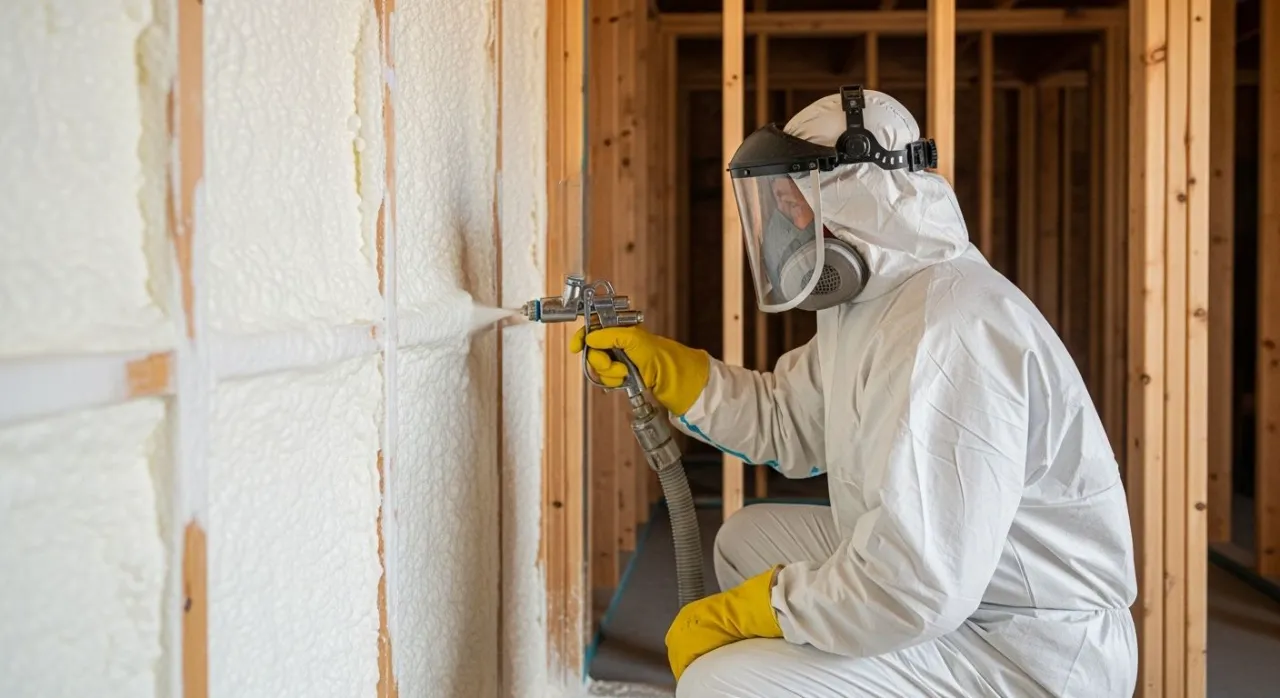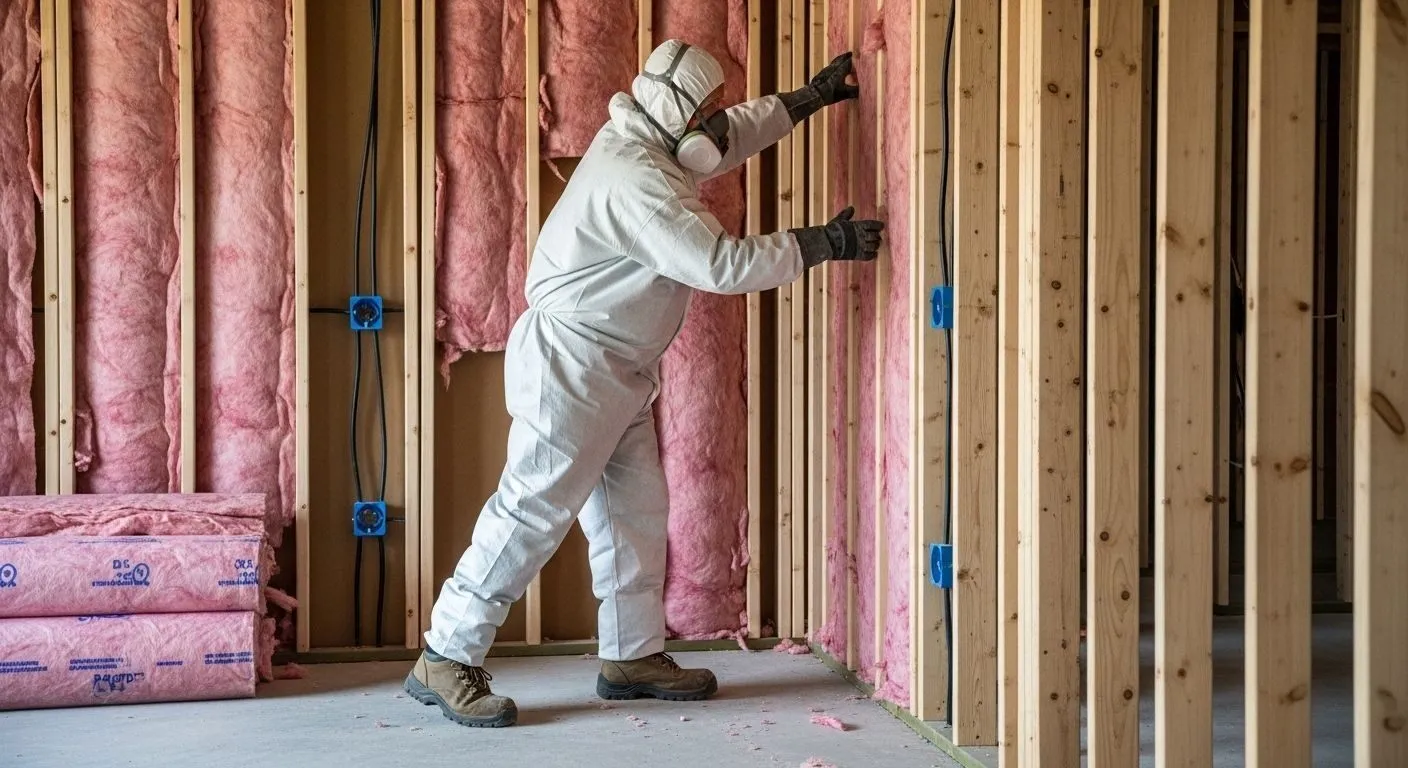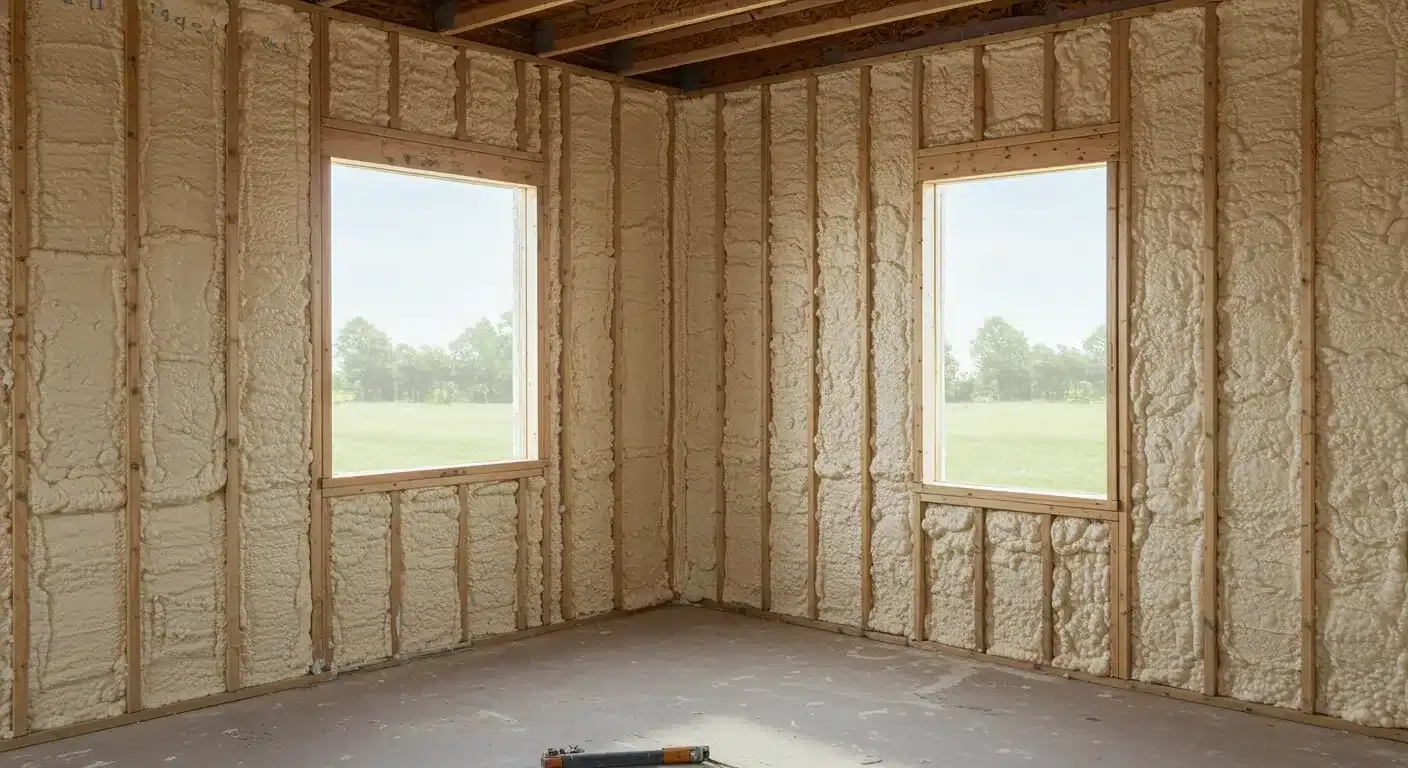

Pest invasions in Seattle homes often start with a weak point: poorly insulated exteriors. At Cascadia Spray Foam of Seattle, we know that high-quality exterior spray foam insulation not only boosts energy efficiency—it also acts as a powerful barrier against unwanted pests like rodents, ants, and spiders.
Here’s the core solution: Closed-cell spray foam insulation fills gaps, seals cracks, and eliminates entry points around your home’s exterior walls and foundation. This airtight, moisture-resistant barrier creates an inhospitable environment for pests that thrive in dark, humid crawlspaces, attics, and basements. Unlike traditional materials like fiberglass or cellulose, which can harbor pests or mold, spray foam is dense and durable—making it nearly impenetrable.
In this article, we’ll break down exactly how this works, what to look for, and how to make the best choice for your home in the Pacific Northwest.
Exterior insulation, especially closed-cell spray foam, tackles the root cause of infestations: access. Pests get into your home through gaps in siding, foundations, eaves, and crawl space vents. Once inside, they find food, shelter, and moisture. Spray foam eliminates their access points.
Seattle’s damp climate is a magnet for pests like carpenter ants, rats, termites, and spiders. Combined with older home construction styles, this creates ideal nesting conditions.
That’s why exterior insulation is more than an energy upgrade—it’s a pest defense system tailored to our region.
| Insulation Type | Pest Resistance | Moisture Resistance | Sealing Ability | Lifespan |
|---|---|---|---|---|
| Closed-Cell Spray Foam | ⭐⭐⭐⭐⭐ | ⭐⭐⭐⭐⭐ | ⭐⭐⭐⭐⭐ | 30+ years |
| Fiberglass Batts | ⭐ | ⭐ | ⭐⭐ | 10-20 years |
| Cellulose | ⭐⭐ | ⭐⭐ | ⭐⭐ | 10-15 years |
| Rigid Foam Board | ⭐⭐⭐ | ⭐⭐⭐ | ⭐⭐ | 20-30 years |
| Feature | Closed-Cell Spray Foam |
|---|---|
| R-Value per Inch | 6.0 – 7.0 |
| Permeability | Low (moisture barrier) |
| Air Sealing Ability | Excellent |
| Material Density | 2.0 lbs/ft³ (approx.) |
| Pest-Deterrent Properties | Non-nesting, non-edible |
Bonus Tip: Rodents and insects cannot chew through closed-cell foam like they can with soft batts or paper-based cellulose.
Before you dive in, here are a few important checks:
Spray foam won’t eliminate existing pests, only block future ones. Clear infestations before sealing.
Insulation that seals tight means you must manage indoor air flow properly—especially in attics or crawl spaces.
Seattle offers energy efficiency incentives that may apply to spray foam installations. Check your eligibility for rebates through your utility provider.
Homeowners are increasingly asking:
The answer? Spray foam complements, not replaces, professional pest management—and it lasts decades when installed properly.
Your crawl space is a prime entry zone for pests. Insulating this area with closed-cell foam offers:
Don’t wait for rodents or bugs to make themselves at home. With exterior spray foam insulation, you’ll get lasting energy savings and a powerful defense against pests.
Apply these insights now: Schedule your insulation assessment with Cascadia Spray Foam of Seattle. We’ll evaluate your home and recommend the right approach for long-term protection.
Contact us: Cascadia Spray Foam of Seattle (425) 386-3500 or email: [email protected]
Schedule Your Free Assessment
It significantly reduces entry points, but you should address current infestations separately. [See: Things to Know]
Yes. Once cured, it is inert and safe. Ensure proper ventilation during application.
Closed-cell foam is moisture-resistant, unlike fiberglass, which can trap dampness and attract pests. [See: Technical Specs]
Yes, especially during siding replacement or exterior remodeling.
Absolutely. Homes with energy-efficient, pest-resistant insulation typically attract more buyers.


